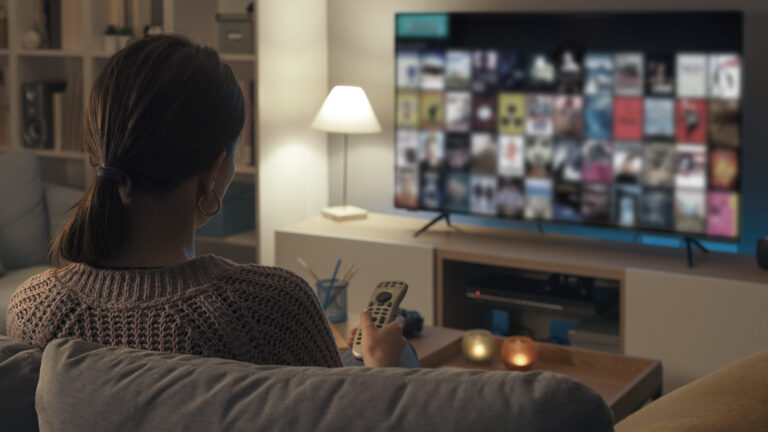Understanding positional transparency in ad pods
In broadcast TV, different ad breaks within a show, or even the different positions within an ad break, command different prices.
For example, the first and last ad breaks in a show, as well as the first and last slots in an ad break, are premium positions. There is a well understood value to these positions as they’re placed closer to the content that a viewer is watching and thus more likely to be seen.
In streaming and connected TV (CTV), media buyers buying programmatically have lacked transparency into which ad pod or position they’re bidding on. And likewise, media owners haven’t been able to effectively maximize the value of different spots. Media owners and buyers typically have had to treat bids simply as a collection of creatives for media owners to arrange at their discretion.
That’s changed with the release of OpenRTB 2.6, which introduces new support for pod bidding in CTV, bringing opportunity for improved transparency, monetization, and viewer experience.
OpenRTB 2.6 improves positional transparency and creates a standard way to delineate between multiple pods or positions. It introduces new fields for media owners to use in bid requests, including:
- podid, which allows media owners to assign an ID to each pod so that multiple pods can be sold with a single bid request
- podseq, which indicates whether a given pod is the first, last, or in the middle of a program
- slotinpod, which indicates the position of an ad slot within a pod
On the flip side, media buyers can choose which pods to bid on and use the slotinpod field in their bid responses to target specific positions within those pods.
These parameters are optional. Media owners can implement based on their monetization preferences, and buyers can adjust their bidding strategies as desired.
And with OpenRTB’s new support for flexible podding, which we covered in our last video, media owners can also dynamically construct each of their ad pods on the fly based on buyer demand, their individual monetization needs, and ad load preferences.
Together with improved positional transparency, this creates more options around balancing ad revenue with ad volume and the viewer experience, and introduces more control around yield optimization in CTV.
For example, if a media owner has a target revenue for a full show or stream, and manages to make that target revenue within the first few pods, they could decide to omit or shorten the remaining ad breaks.
The new OpenRTB 2.6 ad pod features are instrumental in helping media owners maximize yield and helping buyers make the most of their media investment. And, they ultimately enable a better viewer experience.
We’re excited to see everyone across the industry begin to adopt OpenRTB 2.6 so we can all realize these capabilities and continue to scale programmatic CTV. Remember, while the OpenRTB 2.6 protocol is available now, we need to see adoption across the industry before we see increased signals and transparency.
If you’re ready to get started and need support, please don’t hesitate to get in touch. Our team’s here to help.







